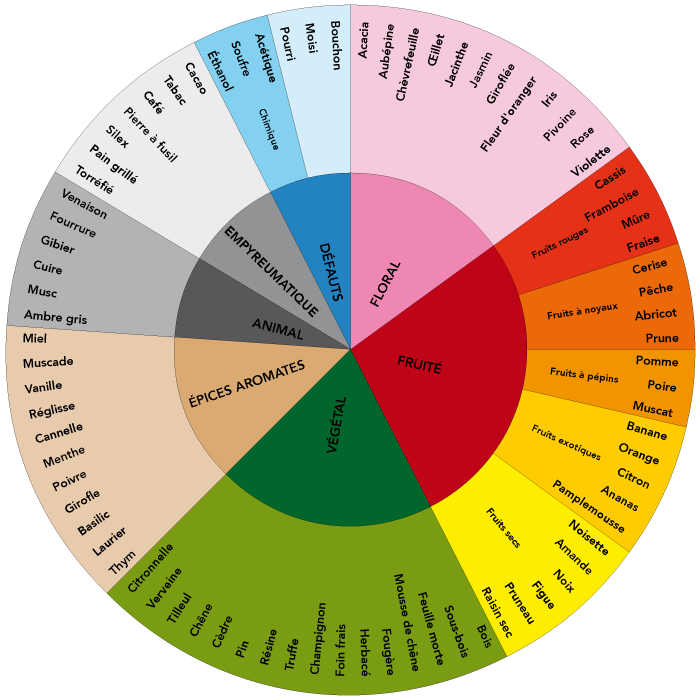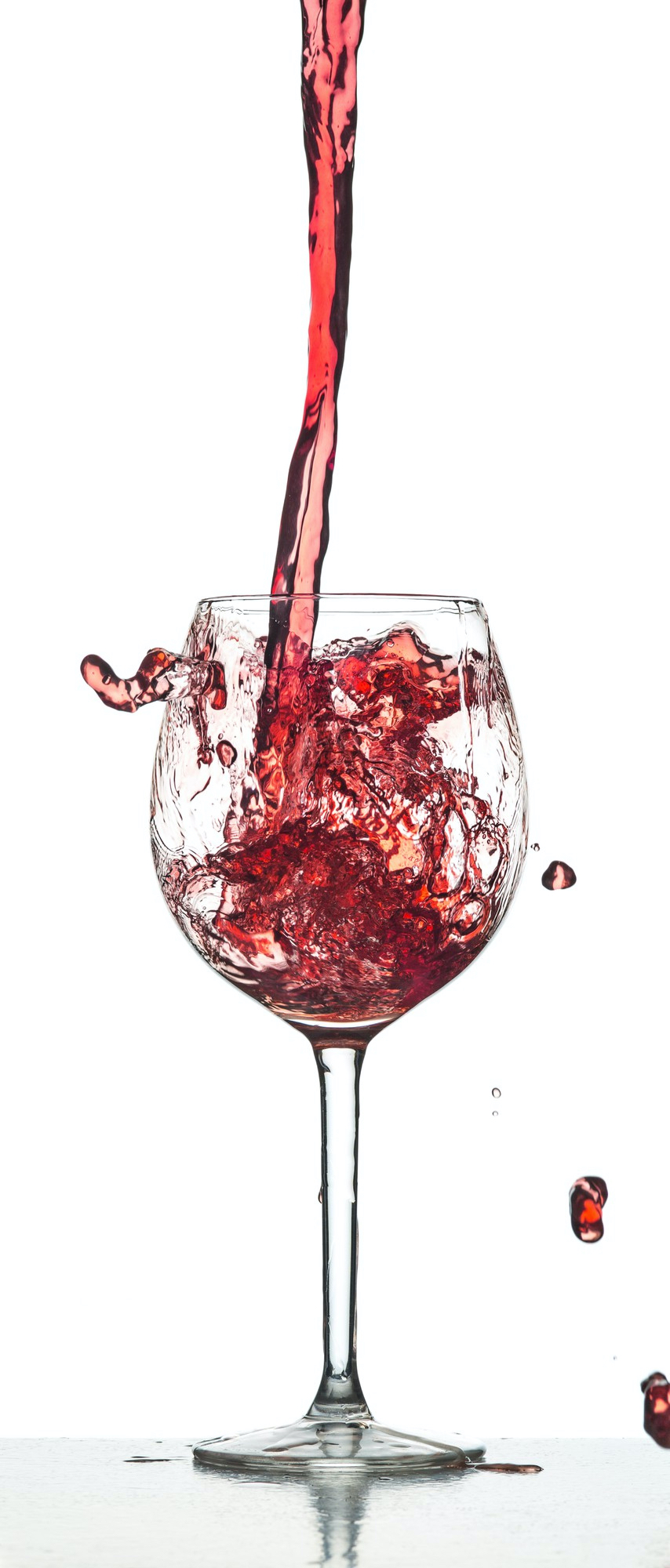Taste the unique flavours of Château Beaurang wines

In order to fully taste our wines of Saint-Emilion, all your senses must be awakened and you must abandon yourself for this trip full of surprises. In the first place, the view will be the first contact with the wine by the color and appearance of the wine. Then, with the smell you will discover its aromatic power. Finally the taste comes into action, with the explosion of flavours in the mouth and the sharing of emotions.
The sight in the wine tasting
It is first by the view that you will learn to appreciate a good wine of Saint Emilion. This first contact will allow you to discover the mysteries about the age, the grape varieties used, the intensity, etc. On a white surface you will discover all the secrets of a good Saint Emilion wine.
Colours and nuances of Saint Emilion wines
The red wines of Saint Emilion usually have a ruby color in their young age, then we see a nuance of garnet color appear after a few years of evolution. Our Château Beaurang has a brilliant ruby red colour with violet reflections that becomes orange as it evolves.
With a unique color palette, red wines will tell you even more stories, excellence and exceptional terroirs. Enjoy the red garnet and the fine purplish hues of young wines.
For an original and gastronomic tasting, let you be surprised by the nuances of rosé: raspberry, peony… Our Château des Jouvencelles will surprise you with its colour from a pale pink to “onion peel” in passing “grenadine”, each vintage reveals its colour.
The intensity and brilliance of the wine
The colour of a wine comes from the pigments present in the grape skin, depending on the grape varieties. It is also variable depending on the vintage and wine making process. Appreciate the intensity of the colour of your wine (pale or light, medium or deep...) With time and a little training, you will know how to distinguish the singularities of different wines. The brilliance of your wine is visible thanks to the light on your glass. The youngest wines will have a greater brilliance and will be more crystalline than the evolved wines. So twirl your wine in the glass, play with it and learn to distinguish its age.
The smell in the wine tasting
Precise and able to memorize a multitude of smells, the nose is an ally in the wine tasting. Thanks to their extraordinary aromatic diversity, the Saint Emilion wines invite you to dive in their delicate scents.
The aromatic journey
Take the time to experience the emotions this wine inspires. The intensity, the power, the type of maturing and the grape varieties used are all pieces of the puzzle that you will assemble thanks to your sense of smell. The best way to discover a wine with the nose is to inhale in small successive inspirations.

Our wine, Château Beaurang, for example, will have a vegetal type of smell, such as oak and wood tannins, or a fruity smell, such as violet.
The steps of the smell in the tasting
The first nose is to smell it directly, without twirling the wine in the glass. The most general and temporary scents are expressed. Does the wine look pleasant, intense, powerful and rich? The delicacy and abundance of Saint-Emilion aromas enrich your olfactory journey.
Then, gently twirl the wine in your glass to open it. Smell it and let yourself be carried away by its new aromas : this is what we call the second nose. Aeration and gradual warming intensify the smells and multiply the aromas.
And finally, the tasting of the wine of Saint-Emilion with the mouth
A real sensation of pleasure, the tasting in the mouth brings the final touch to your tasting. The sensations felt on the tongue, mouth and inside the cheeks reveal the delicacy and richness of the wines.
Learn to distinguish the different steps of the mouthing and to recognize the delicate flavors of the wines of Saint Emilion.
The major asset of the tasting, the palate
Put a small sip of wine in the mouth. Roll it in your mouth to soak up the palate while sucking in some air, it’s the “chewing” stage. Now your wine is oxygenated, the aromas that until now have been hidden can be revealed. This is called retro-olfaction.
Continue your quest for sensations with your tongue. Your taste buds allow you to discover the basic tastes: sweet, acid and bitter. Some of the flavours could be perceived at the tip of the tongue more able to recognize the acidity, which is an element of the freshness and tension of the wine. In addition to the aromas and flavours, you can also be attentive to the tactile sensations in your mouth. Astringency is the impression of roughness on the palate, gums and cheeks. Produced by tannins, it is mainly found in red wine, it must be light. You can also feel the heat (related to the alcohol content).
The last step, the progressive mouthing
The first impression in the mouth is called the attack, it is a clue of the quality of the wine and its aromatic palette. It makes it possible to distinguish whether the wine is subtle, full-bodied or heavy.
The wineries of Saint-Emilion are known for their balanced wines that combine acidity, alcohol and astringency. In contact with the saliva, the tannins which give the red wine its structure and personality are expressed.
Are they too present, aggressive or, on the contrary, pleasant and discreet in the mouth?
Feel the richness of the wine brought by alcohol and continue your quest for taste. What is the impression in the mouth: is it subtle, very present, or thick?
You can fully enjoy the wine at the bottom of your mouth. Is it comfortable, fragrant or astringent ? When the wine comes out of the mouth, you can keep feeling it on your palate for a few seconds... that’s the length in the mouth. This time is calculated in seconds or in “caudalie”.
 English
English  Español
Español  Français
Français 

